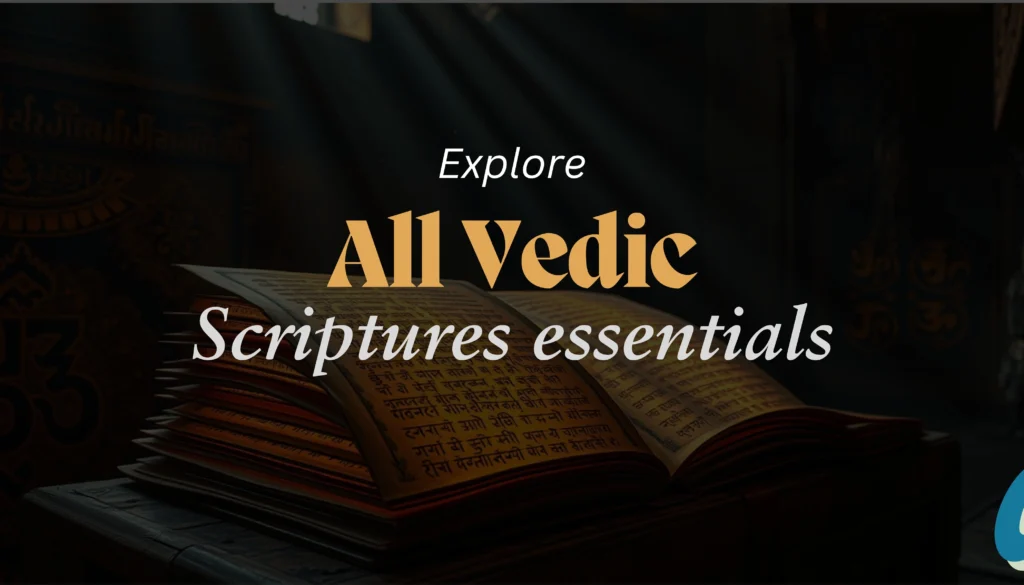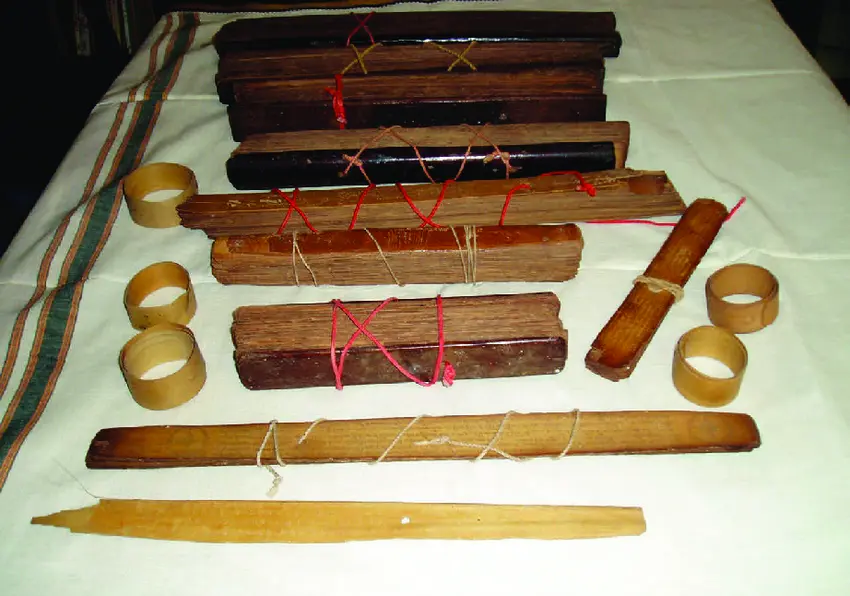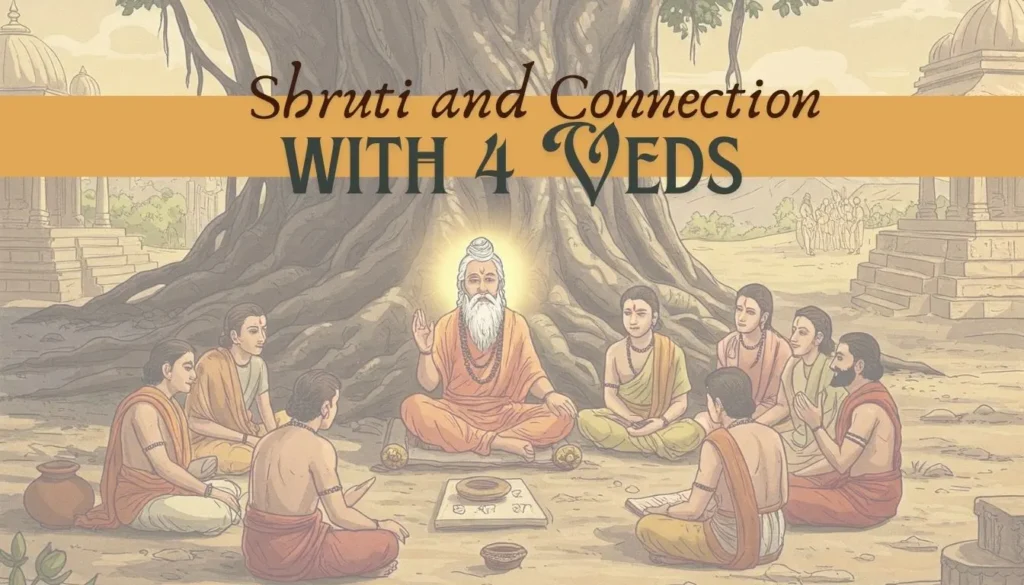Long before the Islamic invasion, India was the civilization that had the most advanced education system of that time.
I’m not exaggerating, but to put it in perspective—this is like the whole world suddenly recognizing a tribal villager from a remote jungle or comparing a local school to Harvard or MIT.
That’s the level of advancement we’re talking about! Read the article, and you’ll see exactly why people from Western Europe, Persia, & China were travelling to India to gain knowledge. And all that knowledge was the Vedic Culture of India.

If you just don’t believe me and think I am lying or if you still have some racist mind or rigid mindset then just read the book written by some Western people let’s say, Megasthenes (Greek), Al-Biruni (Persian) or Hyun Sang (China) in their books. (Do not point some random article and argue that they said that India has a deep-rooted cast system, which is false).
Actually Hyun Sang took whole lot of Indian books with him so that he can spread knowledge in China. Kind of similar situation like today (Yes, it is sarcasm!).
So let’s discuss the whole Advanced Indian Education System in detail. Let’s solve all confusion about whole Vedas, Upvedas, Smriti, Shruti etc.
What you will learn in this article
From where we are getting all of this Vedic knowledge?
You might wonder and having questions like these
- Do we have all the books of all Vedas? or What is the source of Vedas?
- If Yes, then how it was preserved since 2000 years?
- Who wrote all of these Vedic scriptures or books?
- What are Vedas and What does it mean?
The whole Vedic (Old Sacred & Scientific) knowledge right now we have is derived from three (3) main sources. You can say all of these three combines and make the ultimate source of Vedic Knowledge.
(1) Manuscripts:
This is the knowledge that is derived from written content on Palm Leaves and Birch Bark which are stored in Museums. Below is the picture of Palm Leaves Manuscript which are stored between wooden covers.

(2) Oral Transmission by Guru Shishya Tradition:
In Indian Culture the knowledge gained by any teacher or Guru is transmitted to the next generation not by birth it is transmitted through Guru-Shishya (teacher-student) Tradition. This process involves accurate recitation of shlokas with proper meaning because each word in Sanskrit has lot of deep meanings
(3) Carvings on of the Temples:
In India temples were the heart of knowledge. That is why Gyan Yog (Knowledge Gaining) is the one of the three ways to get eternal Moksh means Emancipation (Salvation or Freedom).
So, knowledge is connected to God and the place of the God is the temples so Majority of Indian Temples were having carvings of shlokas on their walls in pillars.
Categories of Indian Vedic Scriptures
Now all of these knowledge of Manuscripts, Temple carvings and Guru-Shishya (teacher-shishya) traditions can be classified in to six major categories of Indian Vedic Scriptures.
So, you can say that these Six categories are the core classification of Vedas.
- Shruti
- Smriti
- Purana
- Agama
- Itihasa (itihasa)
- Siddhantam
Let’s understand each of them. All of these contains knowledge of various fields such as Biology, Physics, Mathematics, Astronomy etc. You might find some articles claiming that Veda’s are related to God and it came out of Ultimate God. That is also true. But here we are just seeing the classifications of Vedic Knowledge; We are not discussing what is inside it and what is the meaning of it.
People might be having confusion in all of these. So each of these six part might be having knowledge of every field. Just a random example for understanding (it is not correct, it’s just an example).
Example; Shruti might be having knowledge of Astronomy, Physics and Biology. Smriti might be having knowledge of Mathematics, Philosophy or any other. Do not confuse it with specific that Shruti is having only knowledge of one field which is Astronomy or any specific one field only. So each of those six can have knowledge of Multiple fields.
(1) Shruti:
What is the meaning of Shruti? – Shruti means “Heard or Listened”. It means these knowledge is heard from somewhere. It is basically from Guru-Shishya (Teacher-Student) Tradition. Later on as the time passes this information was written down by Rishis (Saints).
The most popular name for Shruti is “Vedas” or “Ved”. You might be having some knowledge that there are four Vedas.

- Rig Veda:
The word “Rig” means “Praise”. It has various shlokas and hymns to praise the elements of Nature. Here Nature means the whole Universe - Yajur Veda:
The word “Yajur” means “Worship”. It has various shlokas or hymns for the procedure of how to worship those elements of Nature. - Atharva Veda:
The word “Atharva” means “Stable Mind”. It has knowledge of Daily life activities rules. People are spreading false information that it has superstitions but it is completely wrong. It just has process or the rules which will guide the daily activities of humans. (It is Sad that, today if we don’t understand anything then we give it a name as “Superstition”.) - Saam Veda:
The word “Saam” means “Song”. Now all the Vedas mentioned above are having thousands of shlokas and for easy remembering of all of those shlokas this Saam Veda gives songs and music to them. Means Saam Veda has knowledge which shows how to recite those shlokas in a musical format so that it can be remembered for a long time.
All of these 4 Vedas (Ved) are very much interconnected with each other. Without having knowledge of Sanskrit and without having Guru it is very unlikely to understand these 4 Vedas.
Now here comes the complex part.
Each of these 4 Vedas has four (4) core blocks. These blocks describes Philosophical, Physiological and Theosophical anatomy of Cosmos, Nature and Fundamental of Human existence. They describes the ultimate, supreme power (The God)
- Samhitas:
They gives knowledge of Bhakti (Devotion). So, they deals with Devotion. People can compare it with first life stage of Human life span from 0% to 25% ; which is also called “Brahmacharya”.
Why I wrote “They” because there are many Samhitas such as Taittiriya Samhita, Katha Samhita, etc - Brahmana:
They gives knowledge of Karma (Work, Action or Ritual). It corresponds to second stage of Human life span from 25% to 50% ; which is called “Grihastha”
There are many Brahmanas associated with each of these Four Core Vedas (Rigveda, Yajurveda etc.) For example; Aitareya Brahmana, Taittirīya Brahmana, Satapatha Brahmana etc. - Aranyaka:
They gives knowledge of Dhyana (Meditation). It corresponds to third stage of Human life span from 50 % – 75% ; which is called “Vanprastha”
There are many Aranyakas such as Maitrayaniya Aranyaka, Brhat Aranyaka etc. - Upanishads:
They deal with “Knowledge” or “Wisdom”. It corresponds to the last stage of Human life span from 75% to 100% ; also called “Sanyasa”.
There are many Upnishads such as Aitareya Upanisad, Taittirīya Upanisad etc.
Note: Do not confuse Upnishad with Upvedas both are different. If you want full information then you can visit this website’s blog prekshaa.in
If you want to lean Upanishads and the knowledge of all Upanishads then there is a beautiful Old web series of DurDarshan called “Upanishad Ganga“
Now these 4 blocks of each Veda is supported by six (6) external blocks. These are called as “Vedangas” means “Limbs of Vedas”. Each Vedanga has specialization in one specific field.
- Siksha: Study of Phonetics
- Vyakrana: Study of Grammar
- Chhandas: Study of Linguistic Rythm
- Nirukta: Study of Etemology
- Jyotish: Study of Astrology
- Kalp: Study of Rituals
This is not the end. Each of the four Veda has an Upveda or Upved. Which deals with specific branch of that field.
| Name of Upved | Core Veda | Description |
| AyurVed | Upved of Rig Ved | Study of Medicines & Life Science |
| DhanurVed | Upved of Yajur Ved | Study of Archary & Warfare |
| Arthshashtra | Upved of Atharva Ved | Study of Business & Administration |
| GandharvaVed | Upved of Saam Ved | Study of Music, Art & Dance |
(2) Smriti or Smruti:
Smriti means what is “Remembered”. The saints who mastered “Shruti” means the “Vedas” (the part that we discussed just before) and add their practical experiences to that. Means if one saint mastered Ayurveda then he might practice that throughout is life and all the practical experience he get he just wrote it down. This is called Smriti.
There are total 18 Smritis in Indian Vedic Scripture.
- Atri Smriti
- Vishnu Smriti
- Harita Smriti
- Ausansi Smriti
- Angairasa Smriti
- Yama Smriti
- Apastamba Smriti
- Samvartta Smriti
- Katyayana Smriti
- Bruhaspati Smriti
- Parasara Smriti
- Vyasa Smriti
- Sanka Smriti
- Likhita Smriti
- Daksha Smriti
- Gautama Smriti
- Stapada Smriti
- Vasishta Smriti
(3) Purana or Puran:
They shows the history of everything. Puranas are the historical books. Puranas are not mythology. It has 10 features or you can say 10 dimensions or you can say Puranas talks about these 10 things.
| Features of Puran | Description of Feature |
| Sargah | History of Creation of Cosmos |
| Visargah | History of Creation of Worlds |
| Vrutti | History of Evolution of Life |
| Raksha | History of Sustenance of Life |
| Antarani | History of Time Scale |
| Vamsa | History of Lineage |
| Vamsanucharita | History of Dynasties |
| Samstha | History of Catastrophes |
| Hetu | History of Prime Causes |
| Apasarayah | History of Supreme Being (God) |
There are Total 18 Puranas Written by just one Rishi (saint) named Shri Ved Vyasa. Those 18 Puranas are mentioned Below. All of the 18 Puranas describe the above mentioned features in them. Puranas are all about stories. We won’t go deep in to all of those purana’s here. We will just mention name of all Puranas
- Brahma Puran
- Padma Puran
- Vishnu Puran
- Shiva Puran
- Bhagavata Puran
- Markandeya Puran
- Narada Puran
- Agni Puran
- Bhavishya Puran
- Brahmavaivarta Puran
- Linga Puran
- Varaha Puran
- Skanda Puran
- Kurma Puran
- Vamana Puran
- Matsya Puran
- Garuda Puran
- Brahmanda Puran
(4) Itihas (itihasa):
The word itself means “This is how it happened”. There are only two itihasa in Indian Vedic Scriptures.
- Shri Ramayan
- Mahabharat
If you don’t believe India just see around the world; Mahabharata and Ramayana has been played in various countries such as Russia and Asian countries like Thailand and Indonesia etc. So, this stories shaped their culture also. And they are played today also.
Bhagwad Geeta which contains conclusion of all the Indian Vedic Scriptures is one of the part of Mahabharat
(5) Agamas or Agams
As we talked earlier Temples in Indian Culture has very unique and it is the place where of God. So, Agams has all the rules about how temples should be made, what to do and what not to do. How all the rituals should be done and so on. All the architectural design that we have are only because of Agams. It has all the procedures How to make the beautiful temples.
There are total
| Number of Agams | Description | |
| Shakti Agams | 77 | How a Devi (Godess) Temples should be made & other related information |
| Shiva Agams | 28 | How Shiv Temples should be made & other related information |
| Vishnu Agams | 108 | How Vishnu Temples should be made and other related information |
(6) Siddhant or Siddhanta
It means “Principles”. Siddhant has various established principles for different branches of Science. There are total 18 Siddhants in Indian Vedic Scriptures. They talk about various science stuff, mathematics, calculus, trigonometry, geometry etc.
- Surya Siddhant
- Kasyap Siddhant
- Lomasa Siddhant
- Pitamaha Siddhant
- Narada Siddhant
- Poulisa Siddhant
- Vyasa Siddhant
- Garg Siddhant
- Chyavana Siddhant
- Vasishth Siddhant
- Mareechi Siddhant
- Yavana Siddhant
- Atri Siddhant
- Manu Siddhant
- Brigu Siddhant
- Parasara Siddhant
- Anngerasa Siddhant
- Saunaka Siddhant
Other Personal Works of Saints
Apart from these six categories some personal work done by thousands of Rishi (Saints) are also there. Below are some of the famous work.
| Name of Work | Time | Creator | Description |
| Shushrut Samhita | 1000 BCE | Shushruta | Principles of Surgery & Medicine |
| Panch Siddhanta | 505 CE | Varahmihir | Rules of Astronomy |
| Aryabhattiyam | 476 CE | Aryabhatta | Principles of Astrophysics |
| Arthshashtra | 375 BCE | Chanakya | Principles of Business & Administration |
| Patanjalyogashashtra | 2 BCE | Patanjali | Principles of Yoga (Yog) |
| Charak Samhita | 200 BCE | Charak | Principles of Ayurveda |
| Rasendramangalam | 150 BCE | Nagarjun | Science of Alchemy |
| Vaiseshik Darshan | 6 BCE | Kanaad | Principles of Atomic Theory |
| Mahagyananprakara | 1340 CE | Madhava | Principles of Calculus |
Conclusion
As you see the Ancient Indian Vedic Scriptures are very wide and can not be covered in just one article. We will explore this type of knowledge in our upcoming blogs. Till then thank you for reading.
FAQ
You have to understand this Vedas are the Subset or Subcategory of Hindu Scriptures. The 4 Core Vedas you talk about just give the Crux of the Whole Hinduism.
Many scholars from different fields, many saints, scientist wrote all the Vedic Scriptures. They are not written by any single Saint or person. They were written by hundreds of years of knowledge transfer from one person to another person.
Here I am considering Veda as a General term “the Sacred Hindu Scriptures”. The Evidence says that oldest scripture is around 7000 years old. But yet we have not discovered the reality. We don’t even know what we will find if we dig deeper.
But Hinduism’s other name is “Sanatana” which means “Eternal – The Thing that never ends”. So It was there, it is there, and it will remain forever
